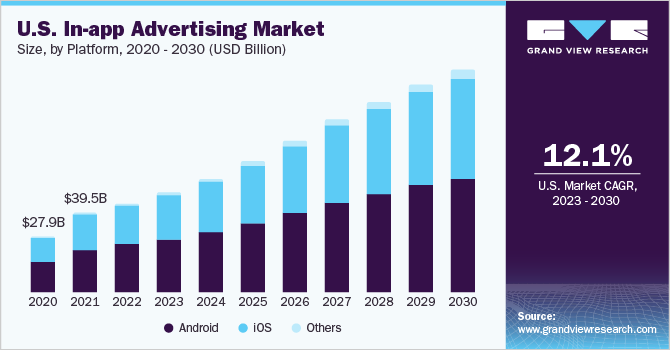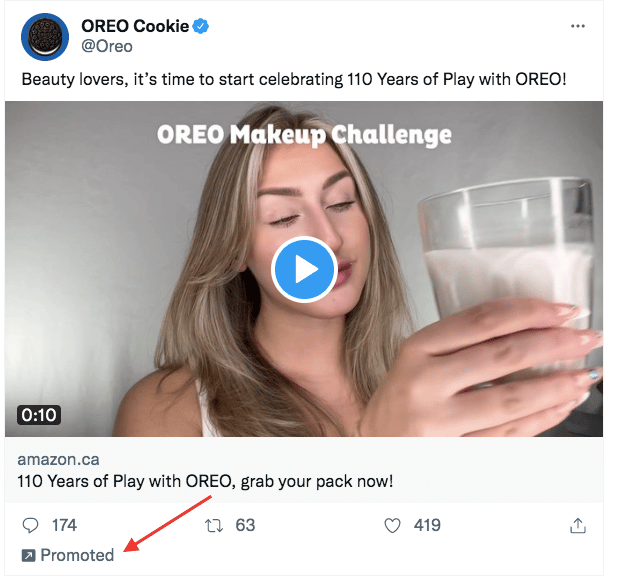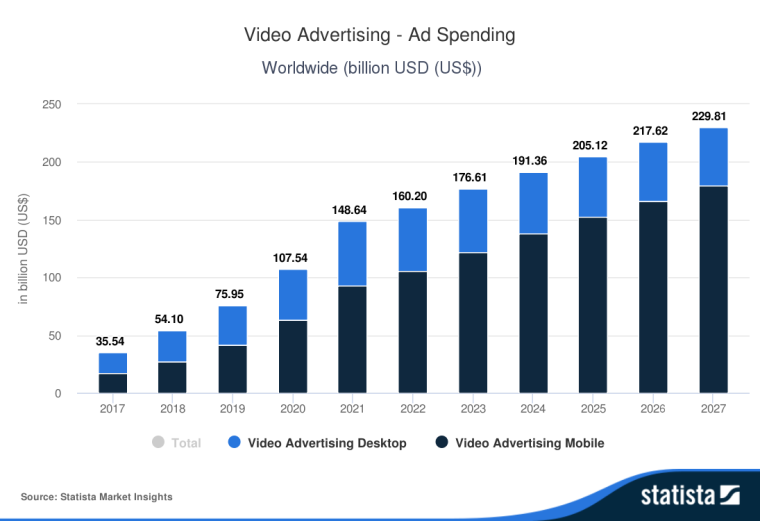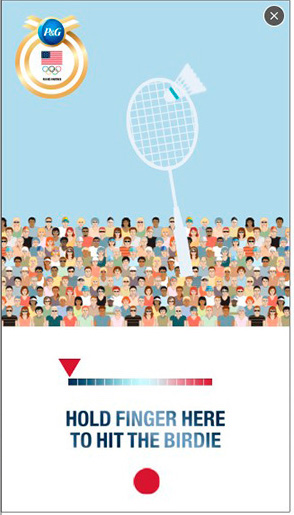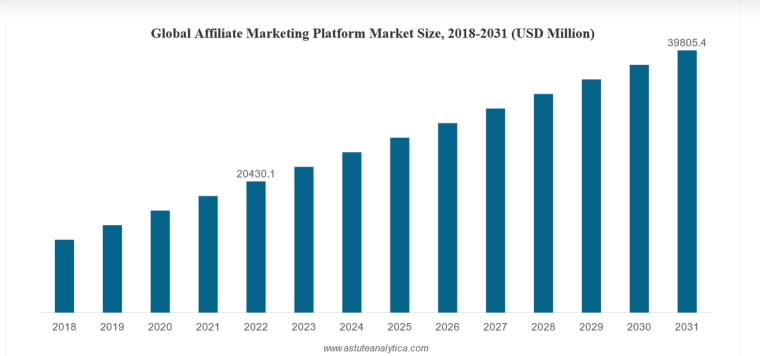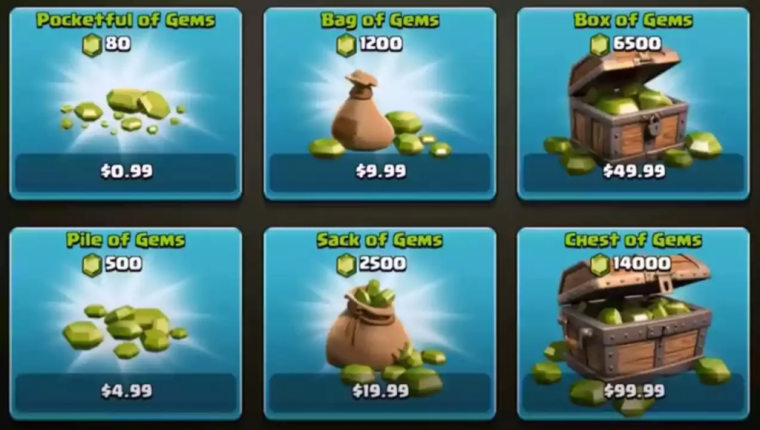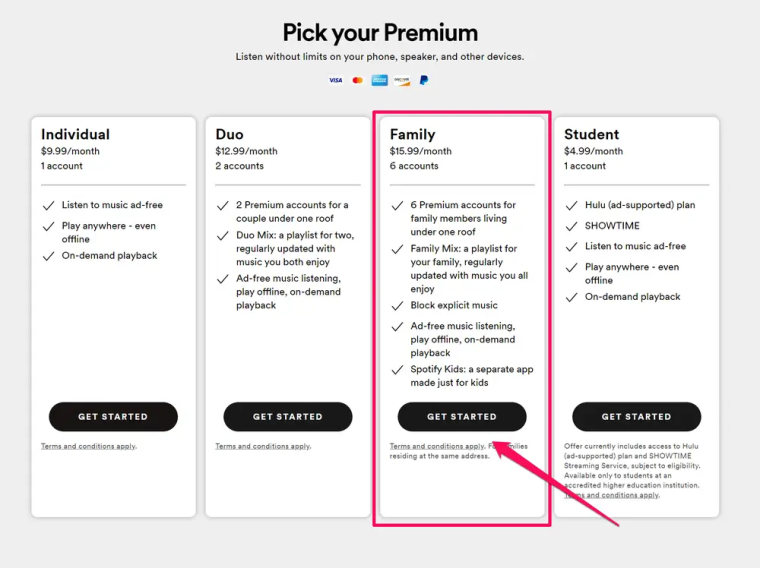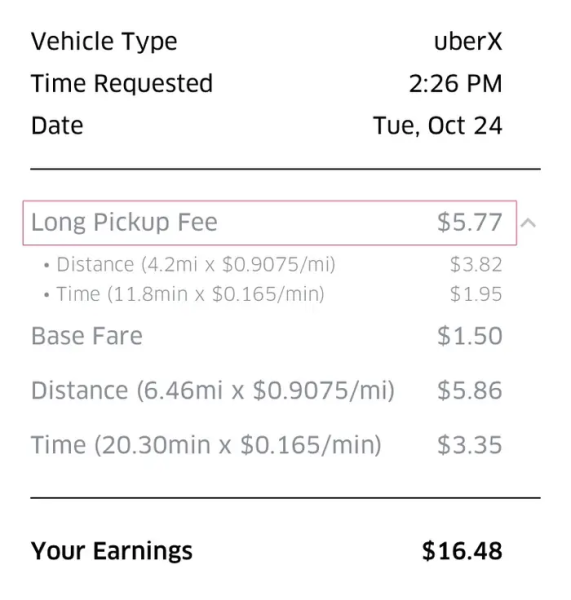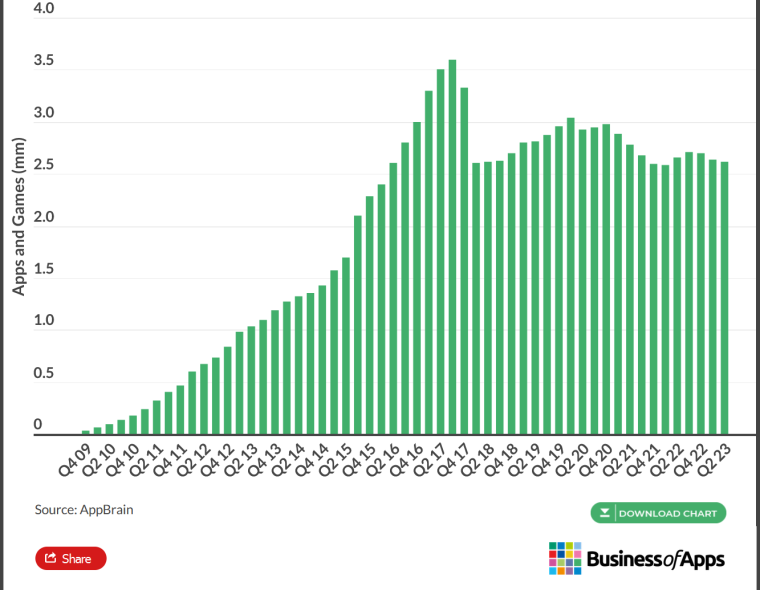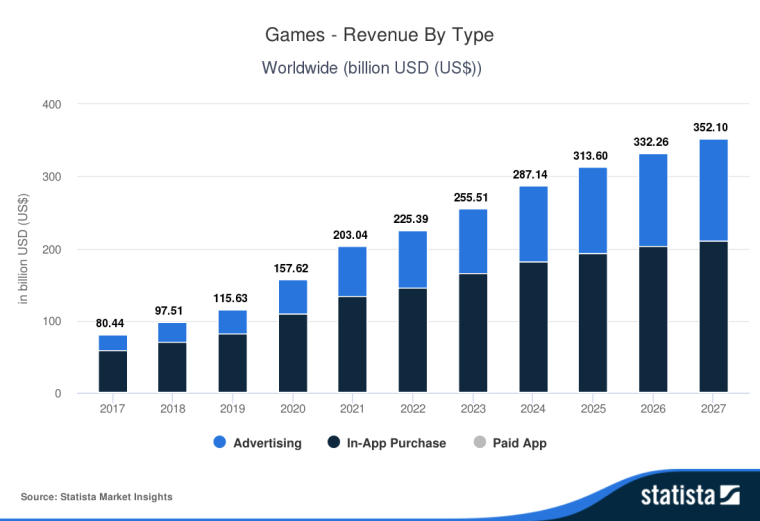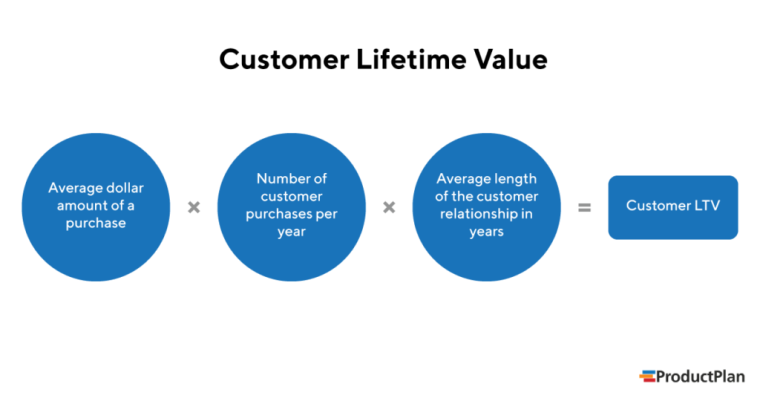App monetization, which encompasses all of the strategies employed to generate revenue from apps, is a key area of focus for app developers. Like all businesses, app developers must carefully strategize their business models to generate as much revenue as possible from their apps.
In this guide, we will use our expertise in mobile app monetization to help you understand the vital concepts underlying it before diving into 9 of the best strategies that you can use today.
Finally, we’ll help you devise your own unique strategy to make the most out of your app.
Top 9 Ways to Monetize Your App: A Quick Summary
- In-App Advertising: Leverage various ad formats such as native, banner, and video ads. Partner with ad networks to serve targeted ads to users, balancing ad frequency to maintain user experience.
- Interstitial Ads: Use full-screen ads at strategic moments, like between game levels, to capture user attention without disrupting the app flow. These ads often command higher CPMs due to their engaging nature.
- Email and SMS Marketing: Utilize user-provided contact information for direct marketing. With permission, send updates, offers, and promotions to drive engagement and revenue.
- Affiliate Marketing: Partner with other businesses to promote their products or services within your app. Earn commissions for leads or sales generated from your app.
- Data Licensing: Monetize user data by licensing it to third parties, adhering to privacy laws and user consents. This strategy is valuable for targeted advertising and market research.
- In-App Purchases: Offer digital goods or services for purchase within your app. This can include game items, premium content, or subscriptions, appealing to users willing to enhance their app experience.
- Paid App with Premium Features: Charge users an upfront fee to download your app, providing immediate access to premium content and features. This model suits apps with high value and unique offerings.
- Freemium Apps: Offer the app for free with basic features, charging for access to premium content or functionalities. This model helps in user acquisition while enabling revenue generation from committed users.
- Transaction Fee Model: Charge a fee for transactions made within the app, such as bookings or sales. This model is common in marketplace or service-based apps, where the app facilitates a valuable exchange.
What Is Mobile App Monetization?
In simple terms, mobile app monetization is how an app makes money.
There are a ton of ways to monetize apps but they mostly fall into a handful of categories. The first and biggest differentiating factor between app monetization strategies is whether the app is free or charges an upfront fee to install it.
A vast majority of apps are free to use. The share of free apps on the Apple App Store was 94.76% in July 2023 and nearly 97% of apps on Google Play Store were free.
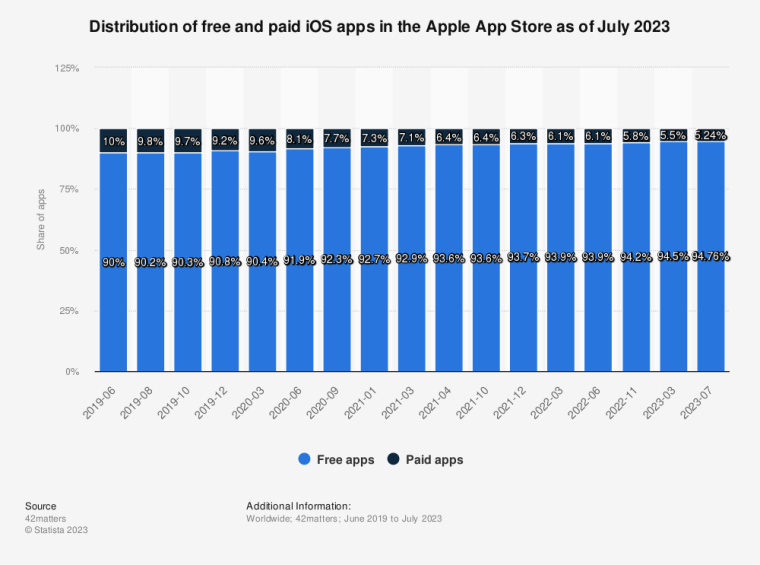
Even though free apps make up the bulk of app downloads, the total revenues in the app market are estimated to have reached $475 billion in 2022 and are expected to reach $755 billion by 2027 – a CAGR of almost 8.6%.
While free apps might not charge an upfront fee to users, they can still be enormously profitable. In fact, many of the apps that generate the most revenue like WhatsApp, TikTok, Spotify, and Tinder are free to download.
Developers use various different app monetization models to achieve profitability. Many of them are replicable but you still need to consider your specific app, its audience, and your business before you should try to replicate another company’s strategy.
9 App Monetization Models and Strategies You Need to Try
Now let’s jump straight into 9 of the best app monetization models and strategies that you can start using to your advantage.
1. In-App Advertising
In-app advertising is one of the most popular ways to make money from apps, and for good reason. Appsavvy reports that in-app ads work 11.4 times better than banner ads on mobile sites. The global in-app advertising market was worth $151.1 billion in 2022, and Grandview Research predicts it will grow at a rate of 13.2% each year from 2023 to 2030.
While Apple’s App Tracking Transparency (ATT) framework has been a headwind for app developers’ ability to target app users with personalized ads, in-app advertising remains the king of app monetization models.
When devising an in-app advertising model it’s important to partner with the right ad network. Make sure that your customers aren’t spammed with random inane (or simply annoying) ads all the time or they may quit using your app entirely.
In the in-app advertising model, an app publisher first joins an ad network. Advertisers bid for ads on these ad networks which then use algorithms to connect advertisers with publishers. Once the ad network matches an app with the advertiser, their ads are served to users in the app and the publisher is paid accordingly.
Publishers can use multiple ad formats while doing in-app advertising. These include banner ads, video ads, and native ads.
In-app advertising methods
Here are some of the popular ad advertising methods
1. Native ads: As the name suggests, native ads are “native” to the app and integrate quite seamlessly into the content. Native ads are especially popular in news and social media apps where advertisements appear as another post on the platform.
For instance, X (formerly Twitter) shows a native ad after every few posts on the users’ feed which appears as a usual post but is actually an ad. Native ads are often the most profitable when done right.
2. Banner ads: These are rectangular ads that occupy a portion of an app’s layout usually anchored at the top or bottom. Banner ads are among the simplest to implement and don’t take up too much space. They can work in most apps and are among the easiest way to monetize mobile apps even though they usually aren’t as profitable as other kinds of ads.

Banner ad examples3. Video ads: Video ads are simply ads in the form of a video. If you have ever played a free mobile game you have almost certainly seen a lot of video ads, many of which are advertising for other mobile games.
Video ads are becoming increasingly popular and ad spending in video ads is expected to reach $176.6 billion in 2023 and rise at a CAGR of 6.8% to hit $229.8 billion by 2027. They have higher CPMs (cost per mile) as compared to display ads which makes them among the most lucrative ad formats.
4. Gamified ads: Gamified ads are quickly gaining popularity as a digital advertising strategy. They use game mechanics to make ads more engaging for your users. The Procter and Gamble ad below lets users aim the racket to try to hit the birdie, making it much more entertaining and memorable than a static ad.
App users can interact with gaming ads instead of just waiting to skip them and are often given the opportunity to win a prize or points by playing games. Because app users spend much more time on gamified ads than other types, they can be more effective at driving installs and building your brand.
2. Interstitial Ads
Interstitial ads are an incredibly popular subset of in-app advertising that are served to end users in a unique way. These ads appear on the whole screen – usually at a key moment during the app navigation They need to be implemented strategically to be effective and should ideally appear at the end of the flow.
For instance, in a gaming app, the app developer should place the interstitial ads at the end of a level and force the user to watch the ad before beginning the next one.
There are various advantages of interstitial ads as compared to banner ads. These include
- Since these are often full-screen ads, the user does not have many options to evade them. They can either click on the ads or wait until they can skip or close them.
- As these ads have higher user engagement, they tend to have higher CPM rates.
Interstitial ads can be extremely beneficial but they could also drive users away if used incorrectly.
Ideal app monetization using advertising is a game of balance. You have to make sure that there are enough ads in your app to generate enough revenue but you also need to ensure that there aren’t too many that they might drive away users.
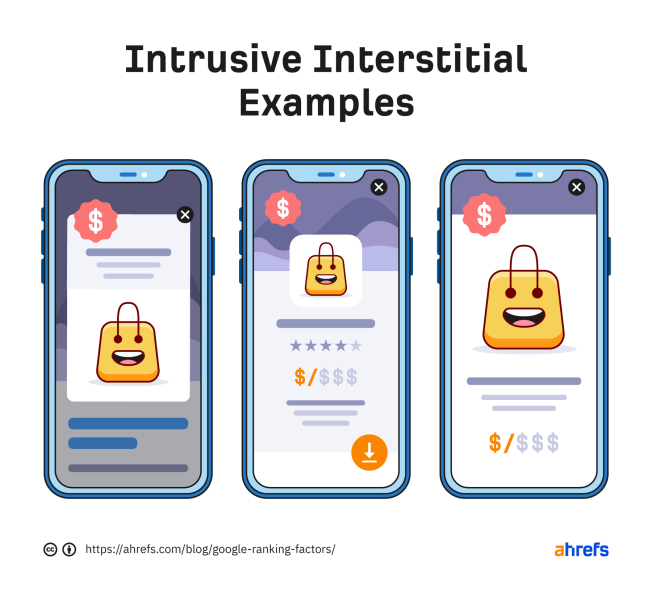
Google itself warns developers against adding too many interstitial ads to your app. It advises app developers that, “While increasing the frequency of interstitial ads in your app might seem like a great way to increase revenue, it can also degrade the user experience and lower clickthrough rates. Make sure that users aren’t so frequently interrupted that they’re no longer able to enjoy the use of your app.”
3. Email and SMS Marketing
Effective marketing is one of the most important parts to get right when monetizing your app. If you don’t market your app well it won’t matter that the rest of your brilliant monetization strategy.
During new user acquisition, apps typically seek email and mobile numbers which they can later use for SMS and email marketing if they have the required permission from users. This is because email and SMS marketing are often some of the most effective strategies to use outside of social media platforms.
While email and SMS marketing might sound quite basic, they can be extremely important in building your app monetization strategy. For an in-depth guide that explores all of the major concepts and strategies that you need to know in email marketing, check out our full guide on the topic.
4. Affiliate Marketing
Affiliate marketing is essential for the success of most apps and it is one of the most powerful types of marketing in general. The global affiliate marketing market was valued at over $20 billion in 2022 and is expected to almost double by 2031.
Google, Microsoft, and Apple all have affiliate marketing programs that developers can take advantage of.
Affiliates can earn unlimited commissions through this route but developers need to choose their partners carefully. They should be credible and at the same time relevant to your users. For instance, if you have a financial planning app you can try to partner with stock broker apps.
5. Data Licensing
Another popular app monetization model revolves around data licensing wherein you can sell your users’ data to other businesses.
This can be quite lucrative as user data can be extremely valuable for some businesses, mostly for the purpose of targeting advertisements. For example, the users’ geolocation can be important for businesses looking to place location-specific ads.
However, it’s important to understand that your users need to approve the data collection. Data privacy is emerging as a key focus for regulators and some jurisdictions (including the US and EU) have strict laws about what data apps can collect from users as well as their ability to share and transfer the data to third parties.
6. In-App Purchases Only
An In-app purchase is simply anything that a user pays for within an app. They can include any number of different things like extra levels for a puzzle game, upgraded weapons for a fighting game, a subscription to an audiobook library, or even access to an electric scooter in the real world. Both paid and free apps can make use of this strategy but it’s often better for free apps because users of paid apps may not want to spend more than the initial cost.
In-app purchases are especially popular in gaming apps where users can buy additional features like new levels, coins, upgrades, and avatars.
App publishers can choose from one of the following in-app monetization models
1. Subscriptions: In a subscription model, the app user pays for the subscription – which can be recurring or nonrecurring. As the name suggests, in a recurring or auto-renewal subscription model, the user’s subscription gets renewed after a pre-set period until it’s canceled.
2. Consumable in-app purchases: In a consumable in-app purchase, the user buys things that are consumed in the app itself such as gems in the game Clash of Clans. It is among the most important ways to monetize the user base of gaming apps where publishers sell things like game currency which users can only use within the app.
3. Nonconsumable in-app purchases: To monetize your app, you can also opt for nonconsumable in-app purchases which include features like a premium version of the app, extra features, and bonus game levels in gaming apps.
The best uses of the in-app purchase model make a great base app that people want to use. Then they build in paid additions and try to make them as exciting as possible, trying to make users feel a fear of missing out or FOMO.
For example, if you build a great free combat game that is really satisfying to win in, adding in-app purchases that make it even just a little easier to win could be tremendously successful. This is exactly how games like Clash of Clans make so much money.
Be careful giving these items too much power, however, as they could make the game unfun for everyone else playing and drive users away.
7. Go for a Paid App with Premium Features
Building paid apps, where users have to pay an often small cost upfront to download them, is another popular monetization strategy. While this app revenue model is not as popular given the inherent difficulty in driving installs, it is nonetheless an important mobile app monetization model that could work well for you.
The model is great for driving a more stable return on investment but only when the app is designed, built, marketed, and positioned well. If you have a successful paid app you won’t have to worry about constant tweaks to your ad system or updating in-app purchases all the time.
Nevertheless, this model comes with quite a few downsides. The first is that it’s much harder to drive an install for a paid app than a free app. Furthermore, it’s often easier to drive in-app purchases than it is to get people to pay for your app upfront without a popular brand.
Paid apps are also often extremely limited in terms of further monetization. A vast majority of your users will expect the app to be premium and not ask them to pay for any other features or content. Even advertising in the app could bring criticism.
8. Freemium Apps
One of the most popular and successful mobile app monetization strategies is the freemium model. In this model, the app is free to support new user acquisition – but it generates revenue by charging users for premium features or content.
For instance, news and entertainment apps can provide exclusive access to certain intriguing stories and charge users a few dollars to access them. The best way to build a freemium app is usually to give free users a taste of the premium content by allowing them to get a taste of the premium content and then charging them to read more once they’re hooked.
Spotify is one of the most successful freemium apps of all time. It attracts millions of users to its free app that offers a massive catalogue of music but it limits certain features like skips and on-demand streaming.
Eventually. once users build up their playlists with all of their favorite music they will likely get sick of the limited features and pay the x$ instead of switching to a different app.
9. Transaction Fee Model
Some apps base most of their monetization around transaction fees to great success. For example, ride-hailing apps like Uber make money by charging fees for every ride organized through the app. Ticket-booking apps also use this strategy to generate revenue.
While the model is highly scalable, there are high barriers to entry. You need to build a moat large enough for users to want to pay you to provide them with a service. It is incredibly difficult to compete with entrenched apps like Uber, Lyft, DoorDash, or Fandango.
Why Is Specialized App Monetization Important?
Building an intelligent app monetization model is absolutely vital for publishers of both free and paid apps. You may be thinking that you can just choose the same model that a similar kind of app uses and run with it but this is not something that can be rushed.
It’s obvious that monetizing your app well is important but many developers underestimate the potential of optimizing basic monetization models and strategies to maximize revenue. Even small changes to your model could make or break your app.
Furthermore, once your app monetization strategy is set it can be difficult to pivot so make sure that you get it right the first time and optimize from there.
Competition in the mobile app space is so incredibly high that you need to make the most out of every single user. At the end of 2022, there were 2.184 million apps and games on the iOS App Store and another 2.65 million apps on the Google Play Store.
How to Choose the Best App Monetization Strategy for You
App developers need to look at a variety of factors while devising an app monetization strategy including:
- The type of app
- Whether it has a mix of free and premium content
- The target audience
- The app’s age and popularity
- Competitive landscape
- Legal and regulatory requirements as well as adherence to app store policies
App Monetization Model Depends on the Nature of App
The best app monetization plan will heavily depend on the nature of the app. For example, financial apps often use affiliate marketing and fee models whereas games focus on freemium, in-app purchase, or ad-based models.
Games simply have infinitely more options for premium content which is why $145.3 billion of the total $225.3 billion of global gaming revenue in 2022 was generated from in-app purchases. Advertising came in a distant second with $78.84 billion.
For news and entertainment ads, the in-app advertisement model is popular as they rely on digital ad dollars to boost their revenues. Advertising is great for small mobile games too as they often struggle to get users to pay for their premium content.
When you are planning your monetization strategy, sit down and look at all of the most successful apps within your niche. Note how each one is monetized and find the most successful revenue-generating elements to use for your own app.
This doesn’t mean you should just copy-paste your strategy for another app. Make sure to keep the other considerations we’re about to discuss in mind.
Make Sure Your Plan Fits With Your Target Audience
The app’s monetization model should also depend on the target audience. Keep the following factors in mind.
- The age group of the target users
- The geographical location of the target audience
- The income levels of the target audience
The age group of the target audience is quite important. For instance, if you are a developer of a kid’s mobile app, you may want to go for a hybrid model focused on subscriptions and in-app purchases as there are strict rules around advertising and data licensing. Implementing a free trial for your subscription could help tremendously if you can make your premium content enticing enough.
The income levels of the target audience are also important and the in-app advertising model would be best if the target audience is low-income groups. However, if the app targets higher income groups you can go for freemium or subscription apps.
The App’s Age and Popularity
If the app is relatively new, you probably shouldn’t start with a paid app, at least without a free version or trial. The in-app purchase route is often preferred because users will be more likely to pay for content once they are already invested in the app. Developers of new apps often find that one or a mix of these is the best path for them:
- In-app advertising
- In-app purchases
- Freemium model
Keeping Track of Your Competitors
Competitor analysis is important in almost every single kind of business and this is especially true for the mobile app industry. You should always be aware of how competitors are monetizing their apps and optimize yours accordingly.
Legal Requirements
Keeping track of legal and regulatory requirements is also important while building an app monetization model. Make sure that you are following all of the rules surrounding data collection, data licensing, advertising, and anything else included in your app in every single target market.
How to Optimize Your App Monetization Strategy
As app developers, it is important to analyze your app’s performance and and continue to optimize your monetization strategy. There are several metrics that you can use to analyze whether it’s yielding the best results possible. These include:
- Basic Financials: The app’s financials which include the revenues, profits, and costs are the simplest way to judge whether your monetization plan is working well. Average revenue per user (ARPU), which tells the average revenue generated per user, is another vital metric to keep a close eye on.
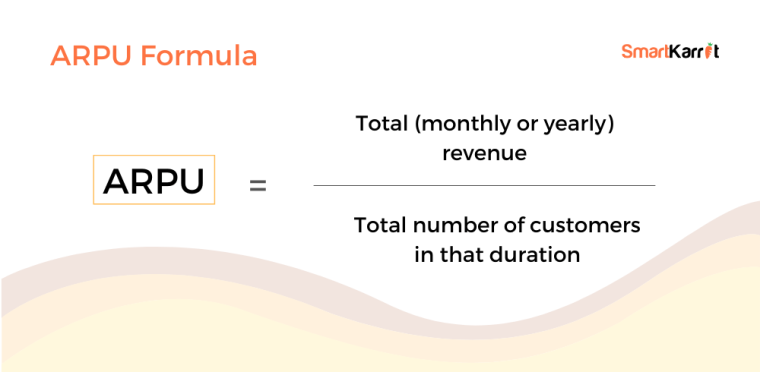
- Engagement Numbers: Your app’s engagement and retention numbers are also extremely important to keep an eye on. If engagement falls after a change to your monetization strategy you may want to backtrack and see what went wrong. Compare your app’s retention rate with similar quality apps in the same niche to see if your ads or other forms of monetization are overbearing for users.
- Ad Metrics: App developers should also keep track of conversion metrics like click-through rate (CTR) and event conversion rates. This helps you understand what’s performing well and what isn’t, making it much easier to diagnose and fix problems.
- Customer Lifetime Value: Customer lifetime value is the total revenue that the app earns from the user during the entire relationship. A higher value suggests that the app has a profitable user base which is likely due to effective monetization.
- Feedback and Public Comments: Keep an eye on customer feedback to see what the users like and don’t like about your monetization strategies. No one likes to watch ads (especially mobile ads) so there will likely be a certain amount of basic discontent in ad-based apps but if there is a deluge of complaints about annoying ads or in-app purchase calls to action you probably need to make some tweaks.
The Bottom Line
The app economy continues to grow but many apps are struggling to survive in today’s incredibly competitive market. This is why app publishers must have a well-thought-out monetization plan in mind when developing an app.
Once they have a strategy in place they also need to be open to adjusting and optimizing it as needed. They should monitor their monetization strategy regularly and fine-tune it if it is not yielding the desired results.
Finally, it’s important to remember that you are still making a product for users to use and enjoy. Don’t get too caught up in monetization and forget about the user experience or your app will almost certainly fail.
